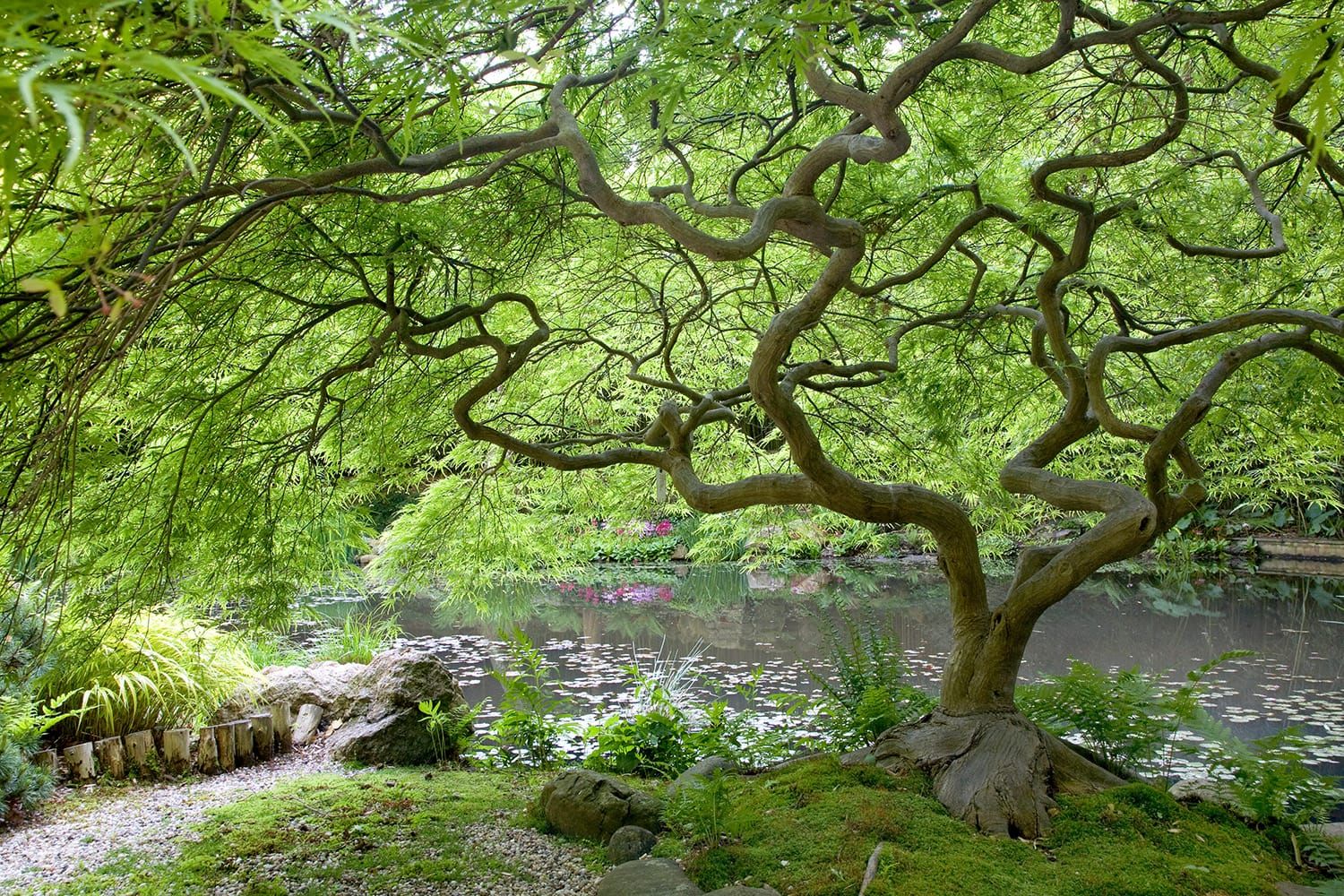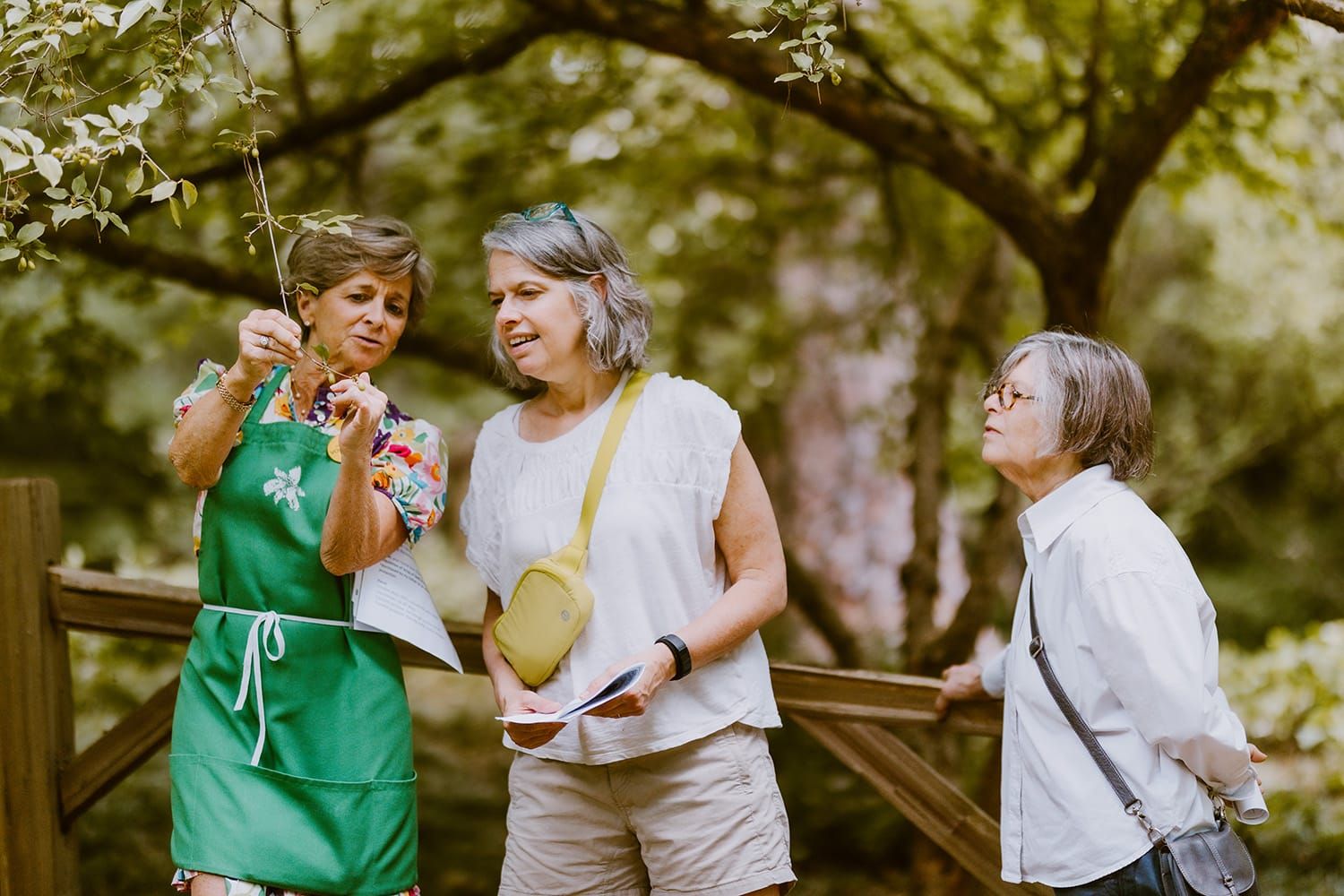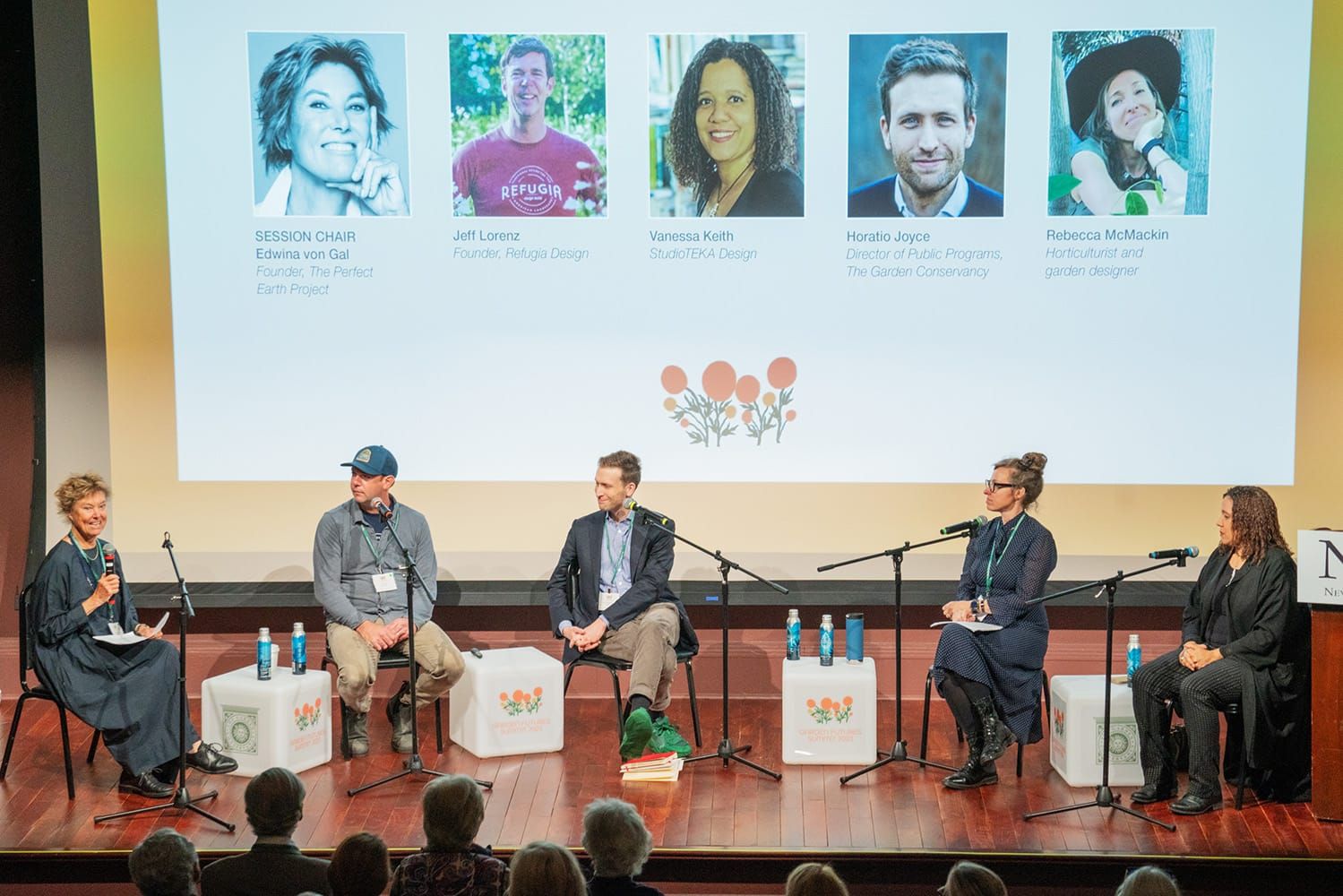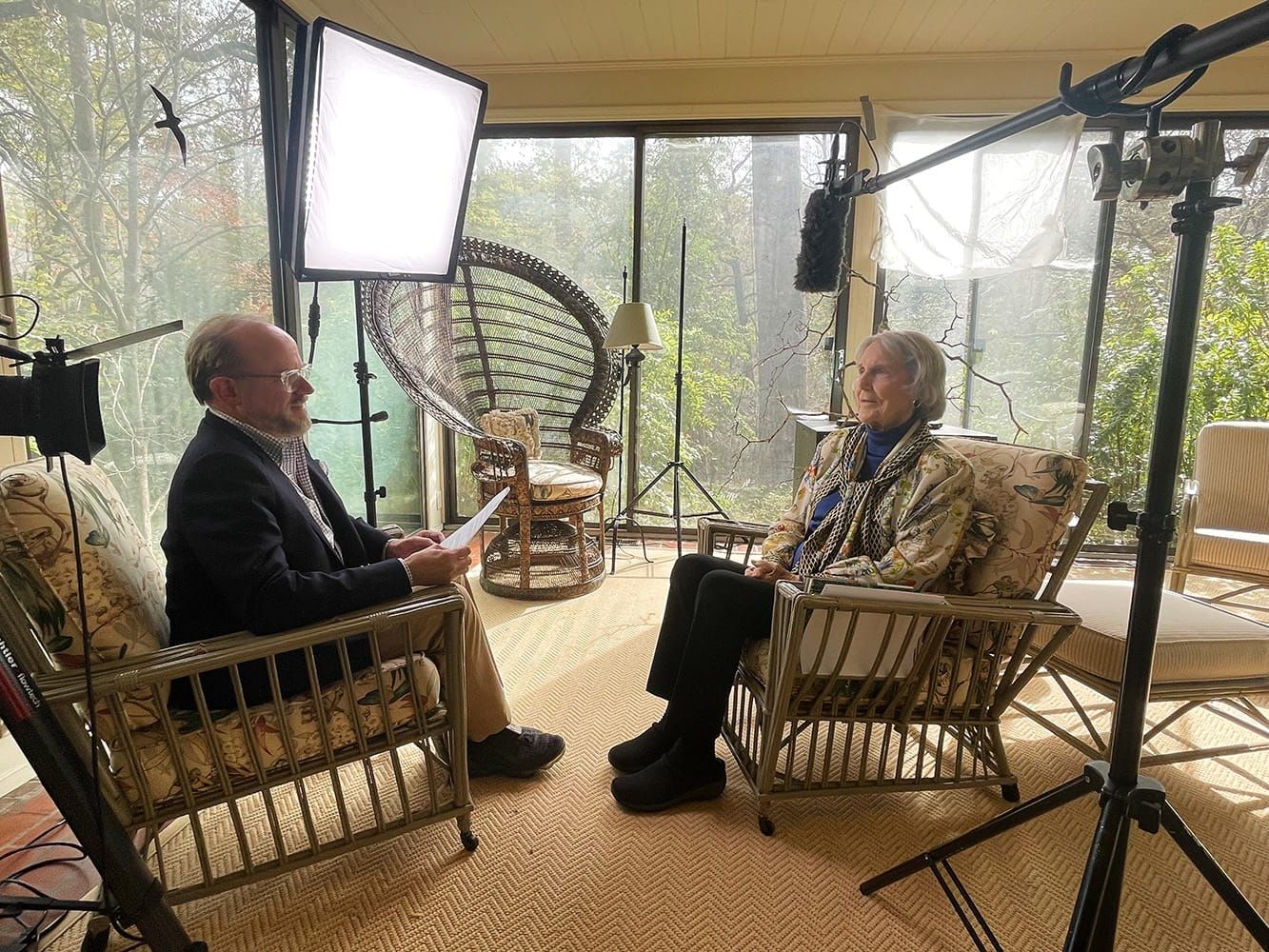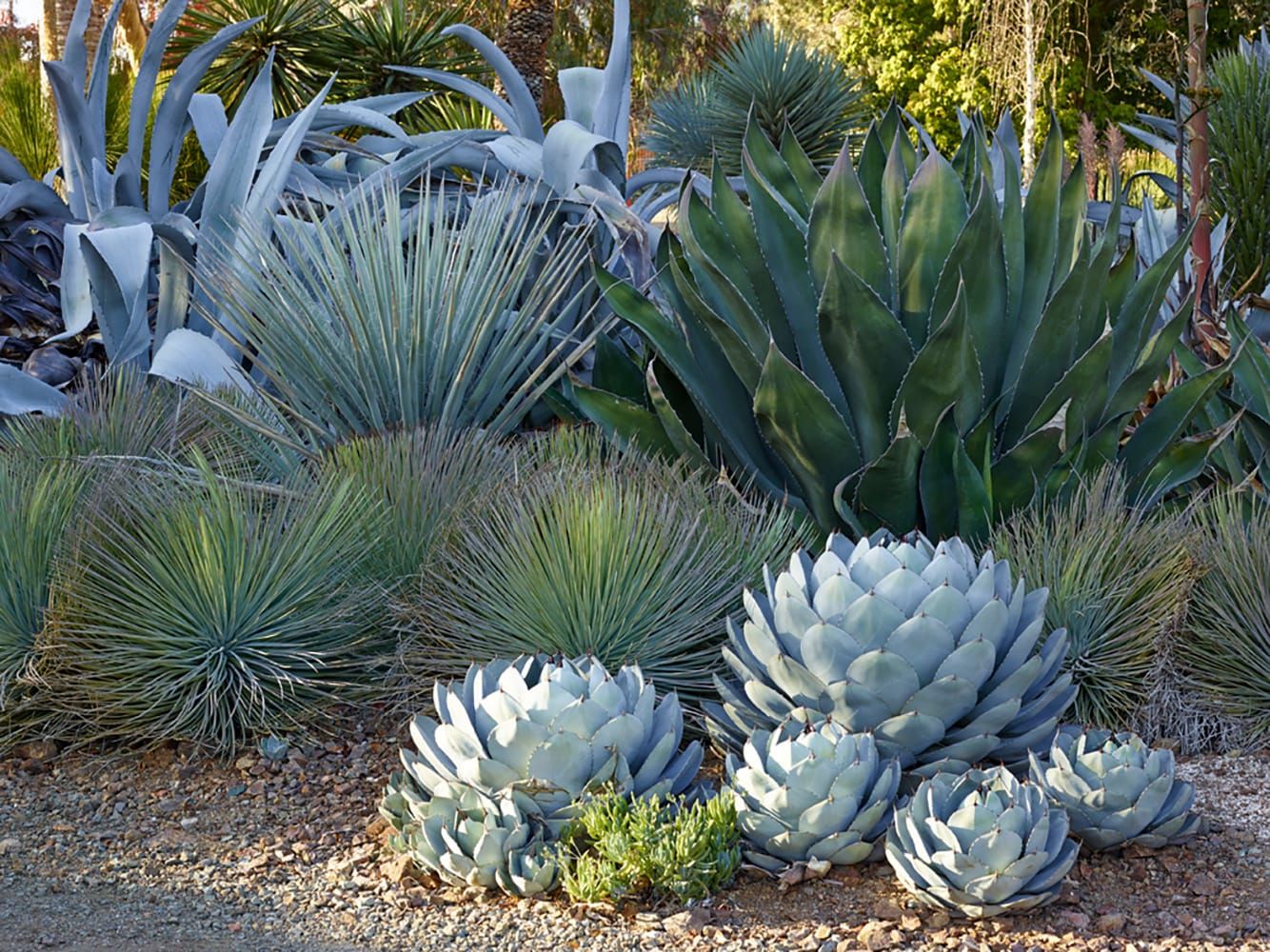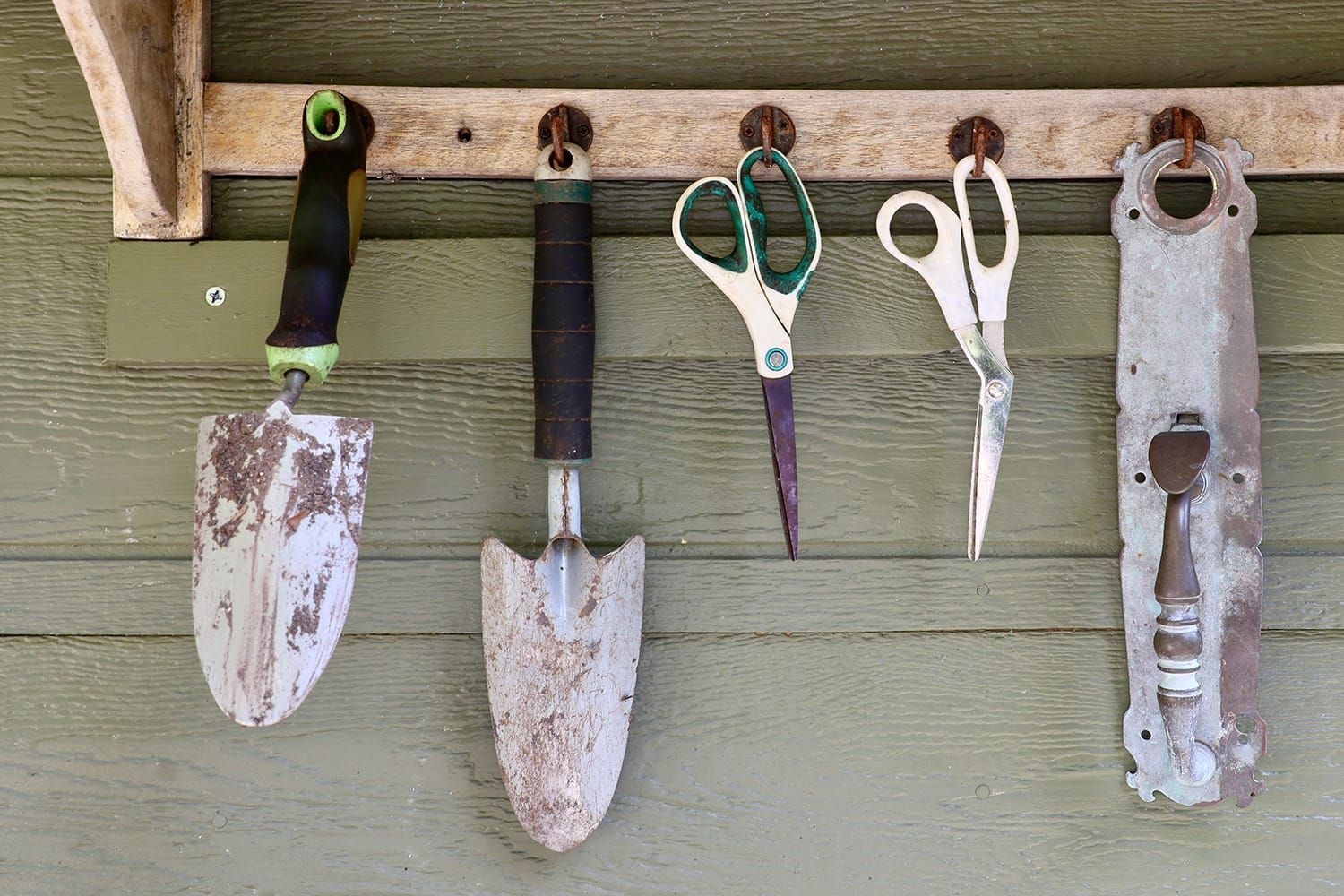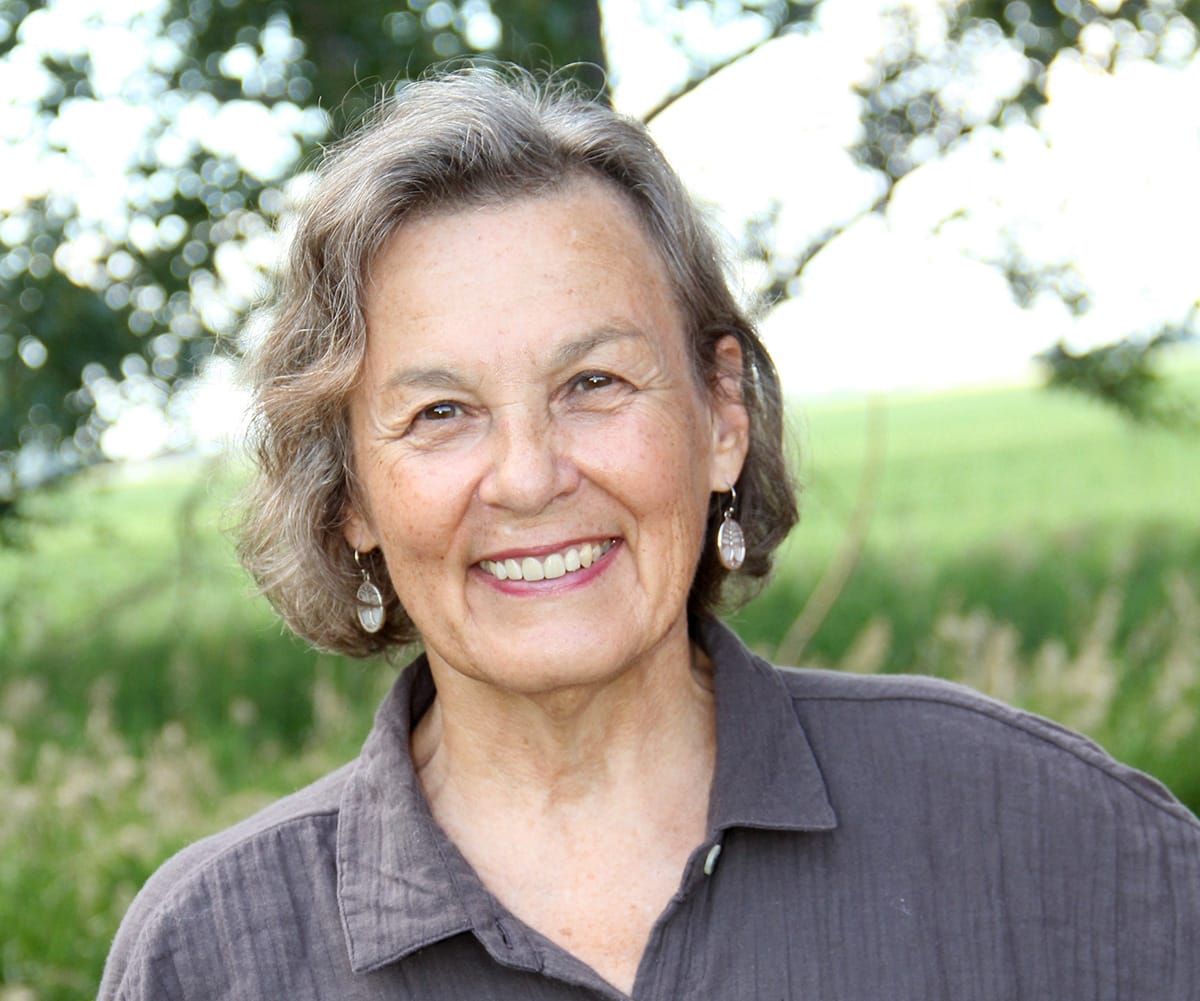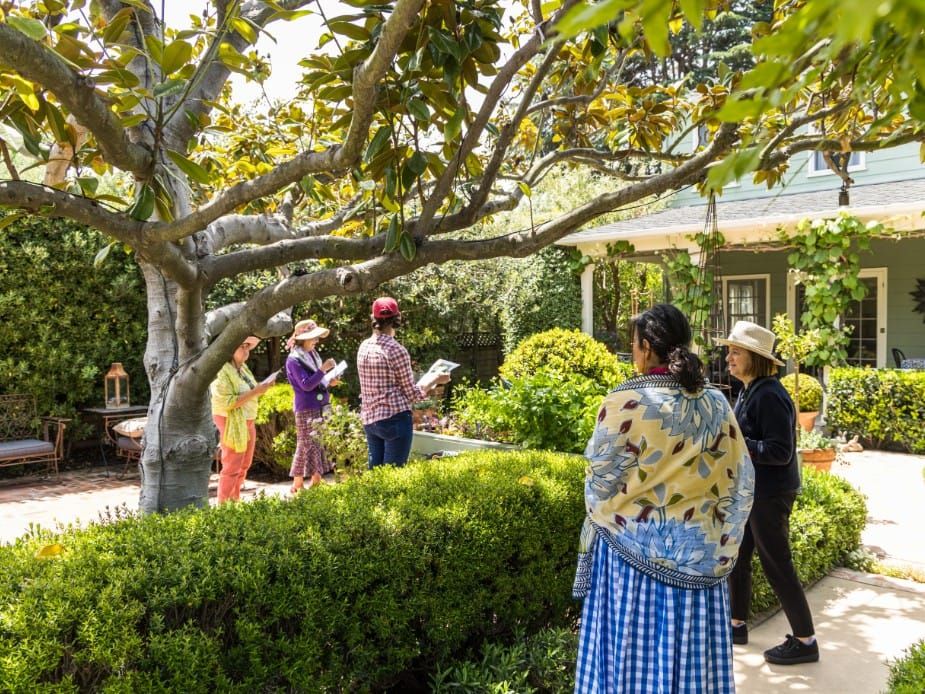How to Photograph Your Garden: The Acclaimed Ngoc Minh Ngo Offers Guidance
December 2024
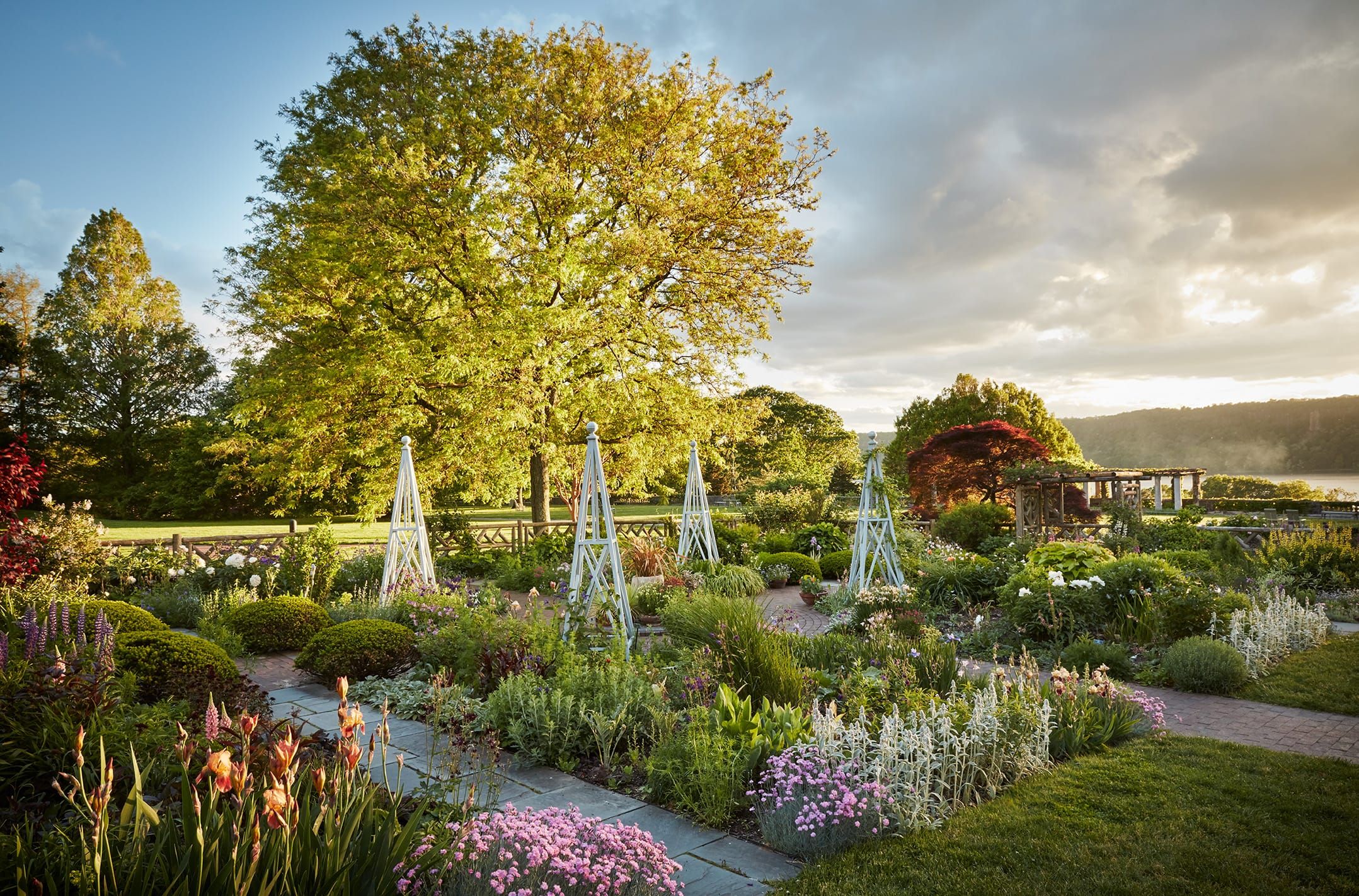
With her stunningly beautiful photos, Ngoc Minh Ngo leads us into gardens throughout the world to witness fleeting moments of flourishing, glimmering landscapes.
During her travels, she often speaks with people who wish they could capture on camera some of the beauty they experience in their own gardens. For most of us, the image we see with our eyes somehow eludes the workings of a basic camera or iPhone. How can we better represent what our gardens look and feel like?
Garden Hosts in the Garden Conservancy’s Open Days™ program are especially eager to take photos that properly capture their spaces and entice people to visit.
To assist these hosts — and anyone who loves photographing gardens — Ngoc offered some insights on how to create better images.
Go out in early morning and late afternoon. “Photography is all about light, so that’s the first thing you have to keep in mind,” Ngoc says. “I think for gardens in general, the best time to photograph is early morning and late afternoon. At those times, the sun is not directly above, and the light is a little softer. You’re able to see the plants better, in a way. It’s not broken up by hard shadows. That will make your photography already 100 times better, instead of photographing at midday.”
Contrasting light is a big challenge. Typically, the sky is much brighter than the garden below. “Your eye functions differently than a camera,” Ngoc says. Anything we see is processed by our brain, which evens out the differences in the light, for example. A typical camera can’t handle both at the same time.
To some degree, the iPhone can even out contrasting light by combining different exposures. But sometimes, you have to choose. If the sky is much brighter than the garden, tap the sky, then slide the yellow sun icon up and down to adjust the exposure. Once you take the photo, you can use the “Edit” function to adjust the image by opening up shadows or pulling back highlights. You can add contrast and a little brightness to make it look more pleasing.
Applying filters? Portrait mode? Choose carefully. Filters add drama to ordinary photos, but they can look exaggerated and obvious, especially if used at full strength. If you’re tempted to apply a filter to your image, it’s best not to use them at one hundred percent. Instead, dial them back for a gentler effect, Ngoc advises.
The iPhone’s “portrait mode” can also create a dramatic effect. By mimicking what lenses can do, portrait mode blurs the background and allows you to focus on a single flower. But while a camera lens creates a natural drop-off in focus, the iPhone tries to guess what parts of the image should be in focus and what should not. That works well when focusing on people, but the iPhone can’t easily distinguish the boundaries of vegetation or other elements. Leaves and flowers can drop off into the blur.
Be intentional about your composition. In real life, of course, there’s no frame. A photo is bound in a frame. To compose a photo, Ngoc advises taking time to reflect. “Sometimes it’s not necessary to have everything in the frame, but what works best in the frame,” she says.
“When you’re walking around a garden and experiencing it, you have to keep that in mind: What are you actually responding to? You want your photo to represent that. And sometimes it’s better to narrow your focus, so things become clearer.”
Tell a story. Ngoc is constantly thinking, while photographing: What is this picture going to be about? It might be a combination of plants, or a sense of space, or both. It might be colors, or textures. Sometimes you can’t see a whole garden all at once. Areas open up and narrow in. When photographing, you can notice all those things and think about what you want to highlight.
“It’s storytelling,” she says. “You have to create a narrative: What is the story of this garden? What do I want to show people?”
“Your garden could be a very small intimate space, your garden could be a large landscape. So tell that story with your photos. It all depends on what you’re trying to say.”
Seize the moment. To create the best images, be ready for opportunities to arise. “In a garden you have so many elements that change. You have the light changing, the plants are changing. Some flowers don’t open until it’s sunny. Some plants drop their leaves in the autumn, and they change colors in the autumn,” Ngoc says.
“If the light is right, and everything is right, you just have to grab that moment. You have to be able to think very quickly. You can’t just say, oh, I’m going to get it later, or tomorrow. You will not be able to get it tomorrow because everything will have changed.”
“I think of my photographs as memories,” she adds. “They’re memories that are created at a very specific moment in time. And it can’t be repeated.”
Stay Up To Date
Sign up and get the latest information on Open Days, special events and more.
Support Our Mission
Your support is critical to the efforts of The Garden Conservancy to preserve, share and celebrate America's gardens for generations to come.
